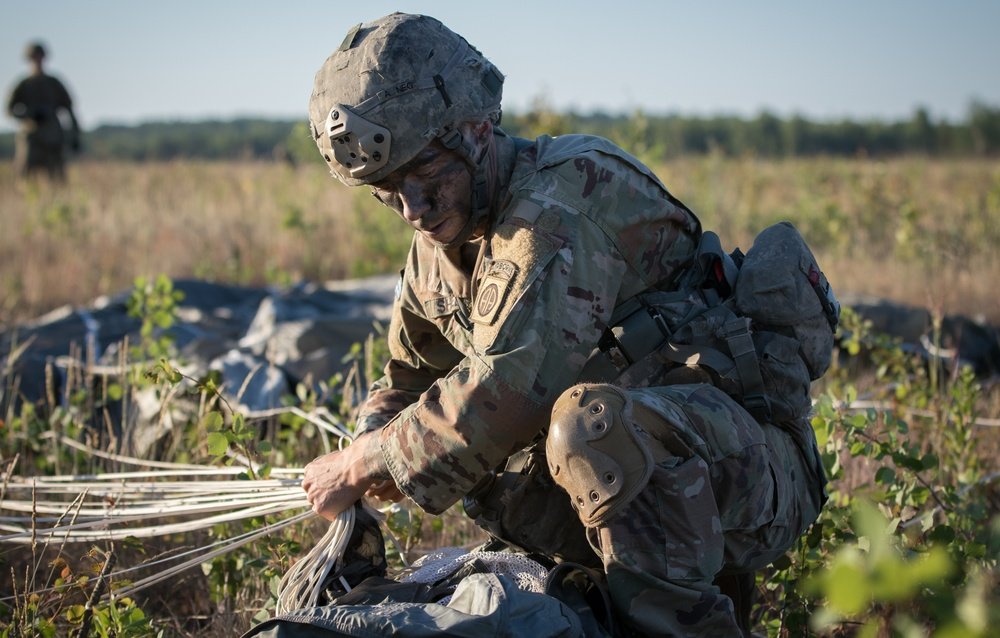
A paratrooper with the 82nd Airborne Division packs his parachute and collects his gear after jumping from an aircraft near Rukla, Lithuania, June 9, 2018. Photo by Spc. Andrew McNeil.
The Taliban’s rapid takeover of Afghanistan shocked the world, with the insurgents assuming control of the country in less than two weeks. Their aggressive drive to the capital resulted in chaos at Hamid Karzai International Airport when thousands of Afghans attempted to flee aboard military aircraft. The situation in Kabul looked grim as footage revealed crowds rushing across the tarmac and people falling to their deaths after clinging to the outside of a C-17 during takeoff. Restoring order began to look implausible until the United States deployed its rapid response forces.
Within days, Marines and paratroopers secured the airport and allowed the emergency evacuation to continue. Their effectiveness raises a key question: Who are America’s rapid response troops?
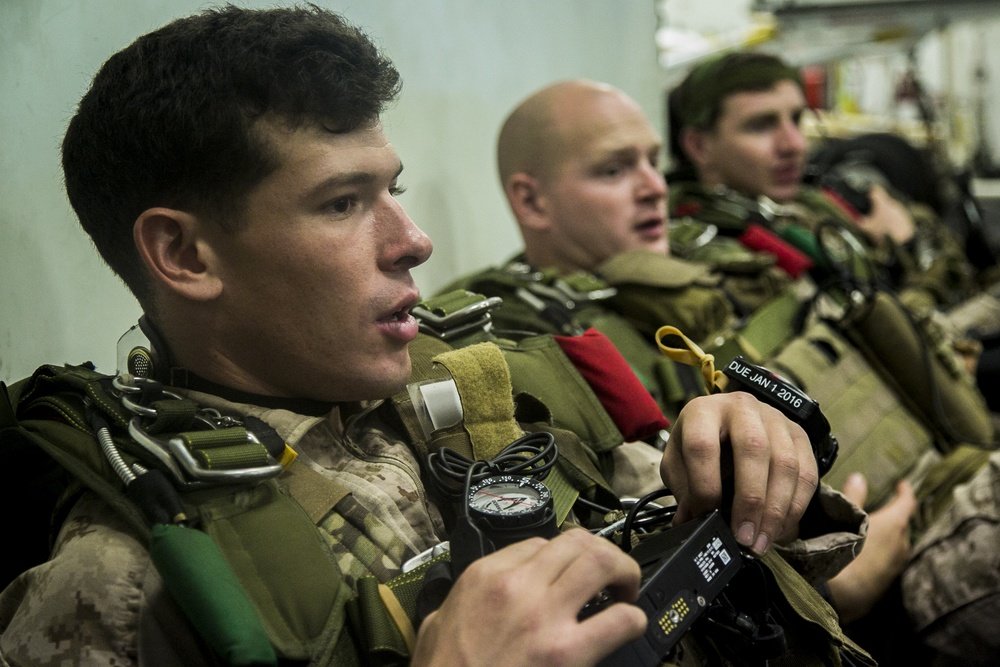
Marine Expeditionary Units
The Marine Corps describes itself as “an expeditionary force-in-readiness that is manned, trained, and equipped specifically to respond quickly to a broad variety of crises and conflicts across the full range of military operations anywhere in the world.”
This “force-in-readiness” is most clearly visible in the branch’s Marine Expeditionary Units, or MEUs. Pentagon spokesperson John Kirby confirmed that the first units on the ground in Kabul were conventional troops from the 24th MEU.
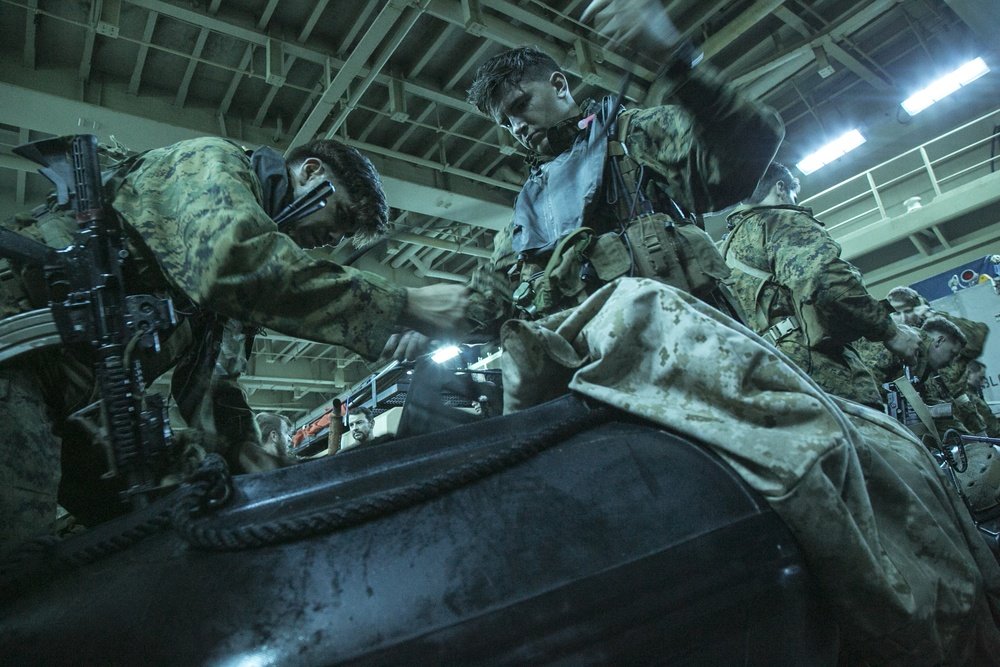
The Marine Corps maintains seven MEUs: three per coast and one based out of Japan. Each MEU consists of an infantry battalion supported by an aviation element and a logistics element. When MEUs are augmented by a Force Reconnaissance company, they become Special Operations Capable, bridging the gap between conventional and special operations forces. This combination of ground and air assets allows Marines to deploy to any combat or humanitarian mission around the globe at a moment’s notice.
MEUs are typically part of larger US Navy Expeditionary Strike Groups, which project American naval power around the globe. In addition to the wars in Afghanistan and Iraq, MEUs have deployed to every inhabited continent.
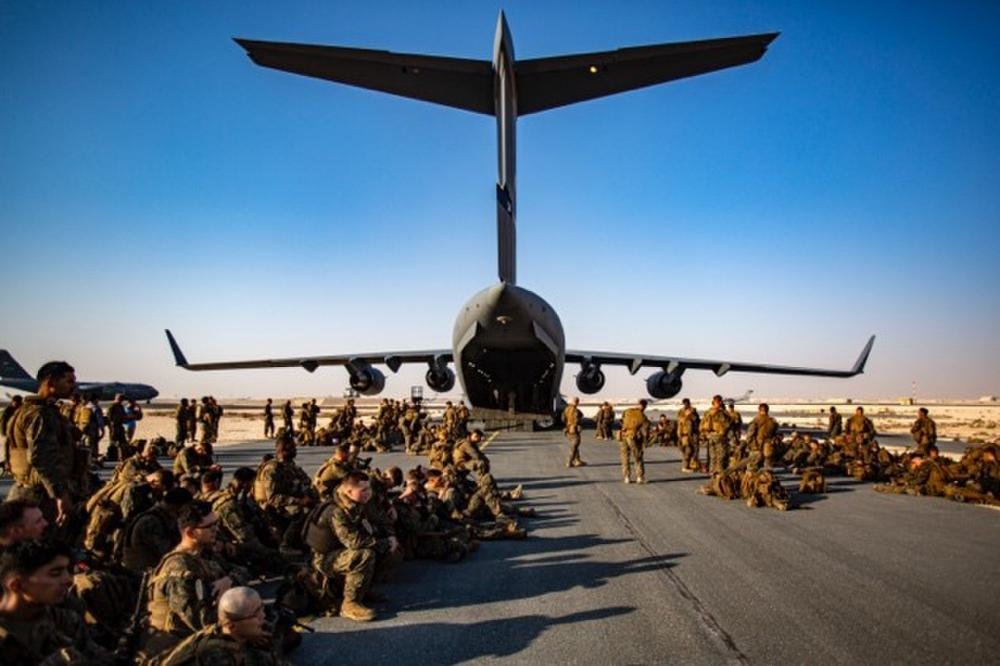
Immediate Response Force
Alongside MEUs, the US Army maintains similar units designed for rapid response. While the Marine Corps derives its power from being a naval force immediately deployable from offshore, the Army relies on its airborne capability to inject soldiers into remote locations.
The Army maintains Immediate Response Forces, or IRF, commonly referred to within the Army as a “Ready Brigade.” An IRF consists of an entire brigade-sized unit of paratroopers prepared to jump into combat. Within the brigade, one company maintains the capability of being deployed within 18 hours of notice, while the rest of the brigade can follow in less than 72 hours. On Aug. 12, the Pentagon announced the deployment of troops to Kabul, and by Monday, Aug. 16, soldiers from an 82nd IRF were photographed assisting on the ground.
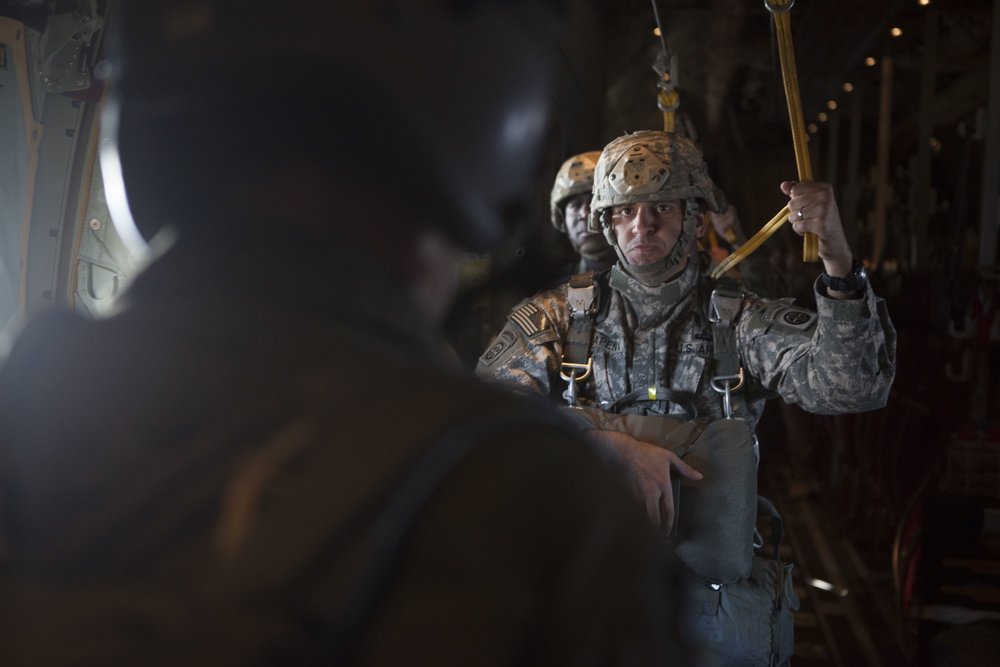
The IRF comes from the Army’s renowned 82nd Airborne Division, the largest paratrooper force in the world. By drawing from an Airborne division, the IRF is capable of “forcible entry” anywhere in the world. Joint Publication 3-18 describes the concept as paratroopers arriving “intact with weapons, ammunition, and other combat equipment […] prepared for combat immediately. Airborne forces aggressively seize and hold objectives until linkup is accomplished.”
The withdrawal from Afghanistan did not go the way America’s leadership expected, but the deteriorating situation was mitigated thanks to the preparation of units that immediately deployed to the crisis. The troops holding the line in Kabul are not members of special operations; rather, they are conventional soldiers and Marines who highlight the effectiveness of America’s rapid response forces.
Read Next: Why Didn’t They Fight? Inside the Collapse of the Afghan Army

Mac Caltrider is a senior staff writer for Coffee or Die Magazine. He served in the US Marine Corps and is a former police officer. Caltrider earned his bachelor’s degree in history and now reads anything he can get his hands on. He is also the creator of Pipes & Pages, a site intended to increase readership among enlisted troops. Caltrider spends most of his time reading, writing, and waging a one-man war against premature hair loss.
BRCC and Bad Moon Print Press team up for an exclusive, limited-edition T-shirt design!
BRCC partners with Team Room Design for an exclusive T-shirt release!
Thirty Seconds Out has partnered with BRCC for an exclusive shirt design invoking the God of Winter.
Lucas O'Hara of Grizzly Forge has teamed up with BRCC for a badass, exclusive Shirt Club T-shirt design featuring his most popular knife and tiomahawk.
Coffee or Die sits down with one of the graphic designers behind Black Rifle Coffee's signature look and vibe.
Biden will award the Medal of Honor to a Vietnam War Army helicopter pilot who risked his life to save a reconnaissance team from almost certain death.
Ever wonder how much Jack Mandaville would f*ck sh*t up if he went back in time? The American Revolution didn't even see him coming.
A nearly 200-year-old West Point time capsule that at first appeared to yield little more than dust contains hidden treasure, the US Military Academy said.












